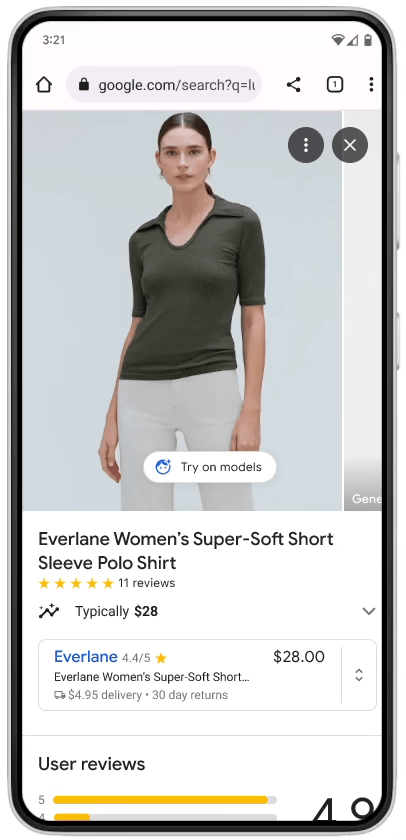Online shopping, a multi-billion pound industry, is a creature of modern convenience. Yet, it has a perennial thorn in its side: size disparity. This issue, relevant to all retailers selling items that require perfect fit, results in considerable volumes of returns and customer dissatisfaction. For example, a shopper may order three pairs of jeans in the same, one size larger, and one size smaller, only to find none of them fit as anticipated. This size variability between brands and manufacturers, even down to the individual seamstresses, is a significant industry challenge. Not to mention, the associated environmental impact of excessive deliveries travelling back and forth due to returns cannot be overlooked.
This issue is far from new. Indeed, numerous online retailers, spanning from high-end fashion labels to high street brands, have grappled with it, albeit with varying degrees of success. Notable brands such as ASOS have dabbled in ‘virtual sizing’, employing augmented reality (AR) technology to overlay garments onto a shopper’s digital representation. Major brands with multi-million-pound online channels, such as Ray-Ban, Nike, and Timberland, have all experimented with this approach, yet with limited success. The larger the online store, the larger the pile of returns to process. Retailers have made the return process as painless as possible, ostensibly to maintain conversion rates, without directly addressing the crux of the issue.
In a 2012 study, researcher Echo Huang examined the impact of virtual product experience on consumer perceptions and purchase intentions, concluding that it offered a more accurate understanding of the product. Another study in 2020 by suggested that AR try-ons could positively impact customer engagement, reduce return rates, and boost sales.
Zara, another fashion giant, introduced a ‘virtual dressing room’ in 2018, enabling shoppers to see how clothes would look on different body shapes and sizes. However, these attempts, while innovative, have not completely resolved the issue. The ‘virtual fitting room’ experience often falls short, lacking the nuanced understanding of human body types, material drape, and individual taste.
In response to this continuing challenge, Google has recently (June 14th) introduced its ‘Virtual Try On’ AI, aiming to mimic the offline shopping experience more accurately than ever before. Built on generative AI technology, it promises to depict how clothing would look on a variety of real models, covering an extensive range of skin tones and body types. The tech giant uses the Monk Skin Tone Scale to ensure diversity, catering to shoppers from size XXS to 4XL.

While Google’s new tool appears promising, it is prudent to retain a degree of scepticism. After all, AR technology is not new in online retail, and previous attempts to create an effective virtual fitting room have met with mixed success.

However, Google’s entry into this space, paired with their extensive reach and technological prowess, could potentially be a game-changer. The Shopping Graph, which Google claims to be the most comprehensive dataset of products and sellers, may offer an unprecedented ability to scale this technology to more brands and items over time. Furthermore, the promise of the ability to refine product searches using machine learning and visual matching algorithms brings an additional layer of personalised assistance, akin to having a virtual sales associate.
Despite these potential advancements, we must acknowledge that current technology is unable to fully mimic the tactile experience of physical shopping. The sensation of fabric against skin, the subtle hues that a screen fails to accurately portray, the immediate judgement of an item’s fit and aesthetic — these are sensory experiences and snap decisions that technology, however advanced, may still find challenging to replicate. Additionally, the exhilaration of shopping and the often overlooked in-store experience can dramatically influence how one feels. Research papers and studies have shed light on the distinctive psychological differences between in-store and online shopping, particularly in relation to clothing. Factors such as the atmosphere, immediate gratification, and personal desire can significantly sway purchasing decisions, a nuance that the realm of e-commerce often struggles to capture.

Yet, the ambition behind Google’s ‘Virtual Try On’ AI is noteworthy. If successful, it could not only enhance the online shopping experience but also reduce the volume of returns, making the retail industry more sustainable. In the ever-evolving world of e-commerce, only time will tell if this innovation will finally crack the size and fit issue that has long plagued the industry.
